Our Story so Far
Founded in 1829 by a small group of passionate, North East naturalists, NHSN has a rich history dating back over two centuries. Discover how the support of NHSN members helped create an organisation that would stand the test of time.
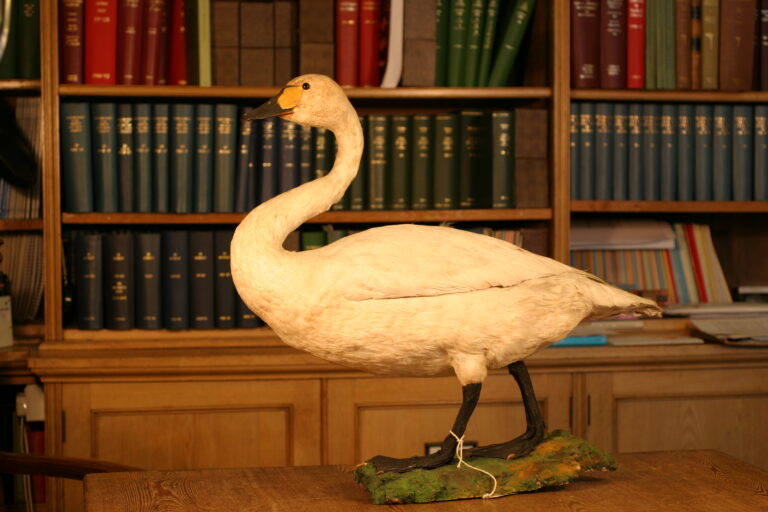
NHSN is formed
Members of Newcastle’s Literary & Philosophical Society discuss the formation of a new society. On 9 August 1829, the Natural History Society of Northumberland, Durham and Newcastle upon Tyne (now NHSN) is born.
On 20 October, NHSN delivers its first public natural history talk on the subject of a new species of swan, discovered by Richard Wingate. The swan is later given the name Bewick’s Swan in memory of the celebrated naturalist, Thomas Bewick.
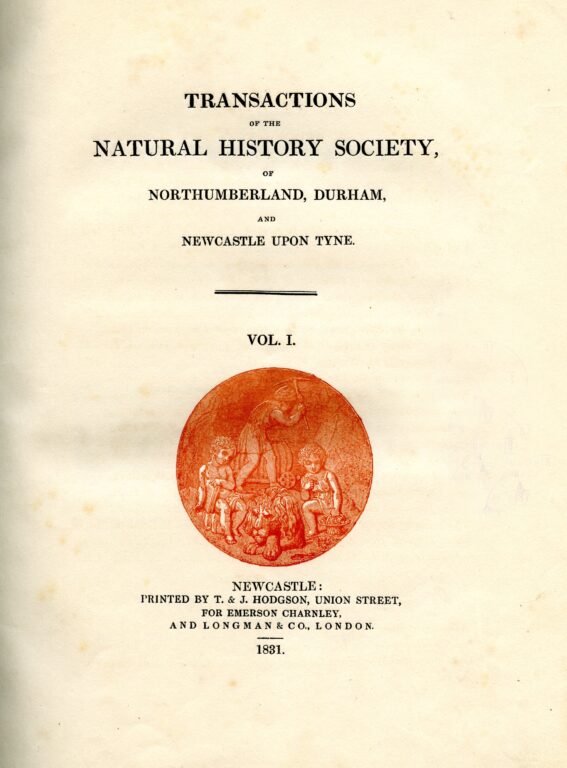
The Transactions is published
NHSN publishes its first journal, the Transactions, containing papers and research on North East nature, including ‘A Catalogue of The Birds Hitherto Met Within the Counties of Northumberland and Durham’.
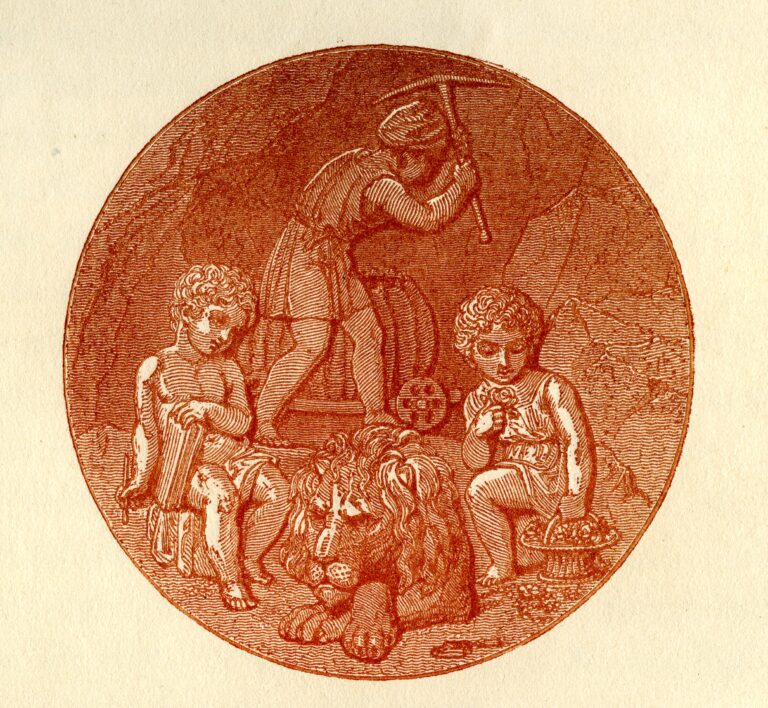
The 'Newcastle Museum' is established
Subscriptions are raised in order to build a new museum on land behind the Literary & Philosophical Society. The new museum opens to the public in 1834 and is known as the ‘Newcastle Museum’.
NHSN pioneers opening the museum to the public free of charge. This proves extremely popular and inspires other museums across England to do the same.
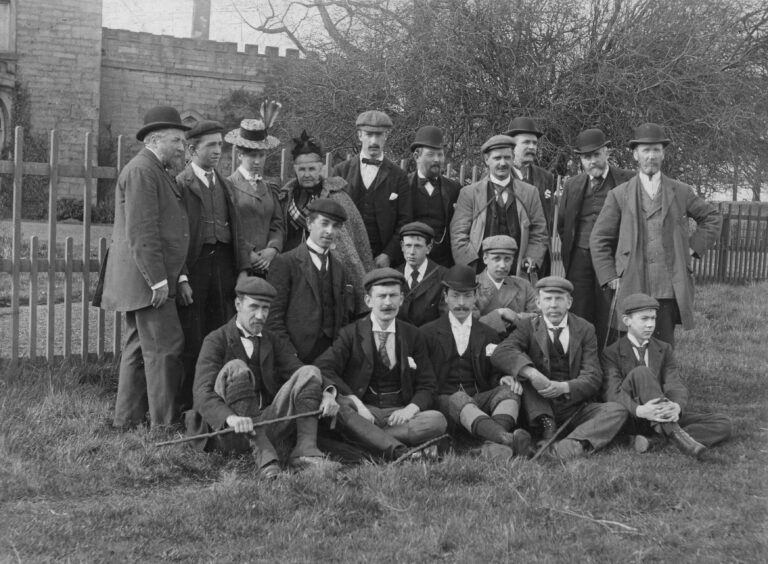
Tyneside Naturalists' Field Club
Members of NHSN form the Tyneside Naturalists’ Field Club promoting the protection of local flora, positively influencing landowners and protecting birds of prey.
The first meeting is held on the 20th May 1846, when a party of sixteen members visited the grave of Thomas Bewick in Ovingham churchyard and others went to look at the plants in the rectory garden of Rev. John Bigge.
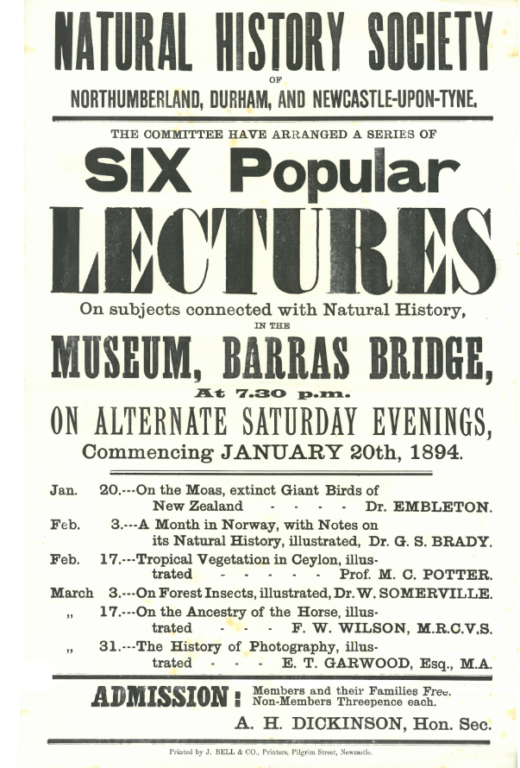
Public lectures begin
Beginning a tradition that continues until the present day, NHSN launches a new series of public lectures to make natural history accessible to Newcastle’s working class.
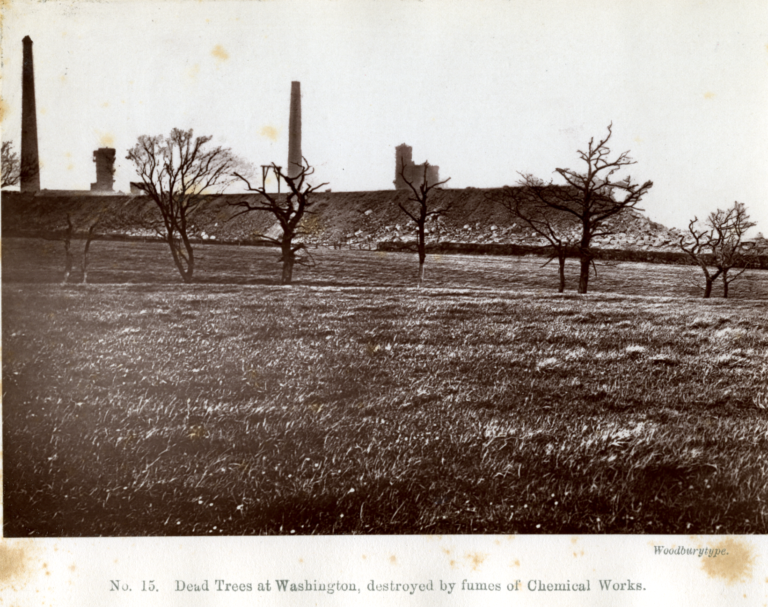
Early warnings of environmental harm
NHSN publishes George Clayton Atkinson’s ‘Catalogue of the More Remarkable Trees of Northumberland and Durham’.
Detailing tree damage as a result of chemical pollution, this paper is the first of its kind and provides an early warning of the damaging impact of industrialisation on the natural world.

A new museum of natural history
John Hancock, a local naturalist and taxidermist, raises funds for the construction of a new museum and in 1884, the museum is built on the site of its present location at Barras Bridge.
To mark the occasion, local children charities are welcomed free of charge, making natural history accessible to young people.
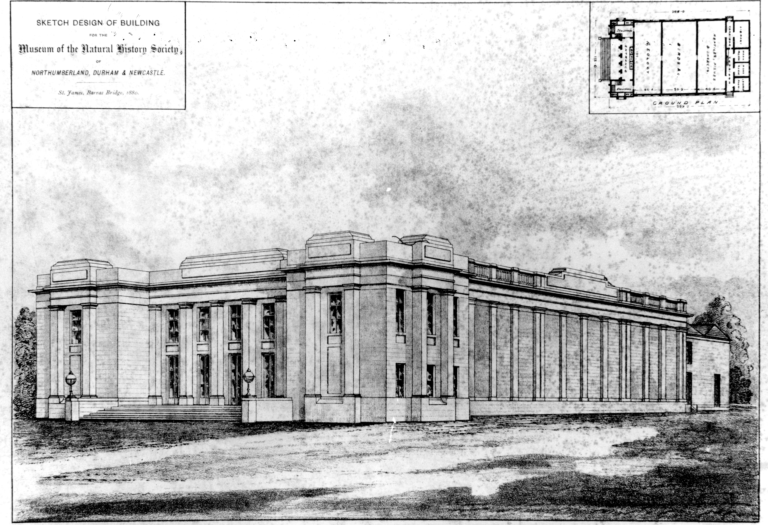
Hancock's legacy
John Hancock dies aged 83 years.
NHSN’s museum is renamed The Hancock Museum in memory of him and his brother Albany Hancock in 1891.
Inspiring wonder
In 1897, NHSN’s museum collections are loaned for the first time to local schools.
At the same time, youth membership is launched and blind groups are welcomed to the museum to handle and learn about the collections.
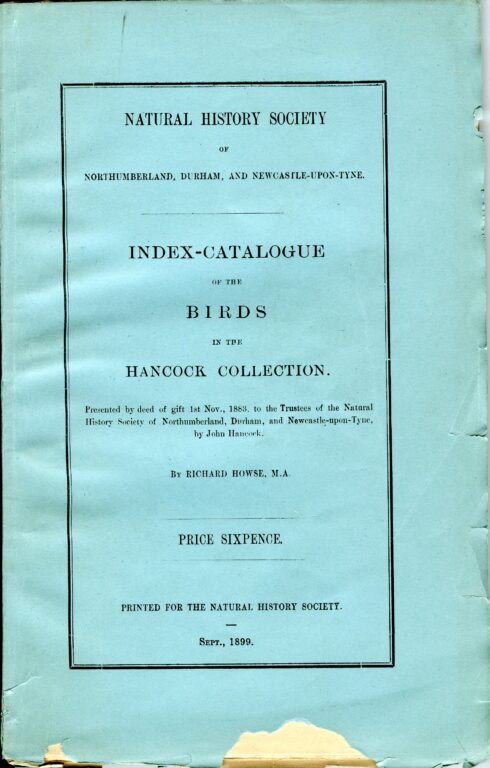
Hancock's birds
‘The Catalogue of the Birds of the Hancock Collection’ is published by Richard Howse.
John Hancock’s greatest talent was as a taxidermist. He donated his magnificent collection of mounted British birds, many of which can still be seen today in the Natural Northumbria Gallery of the Great North Museum: Hancock.
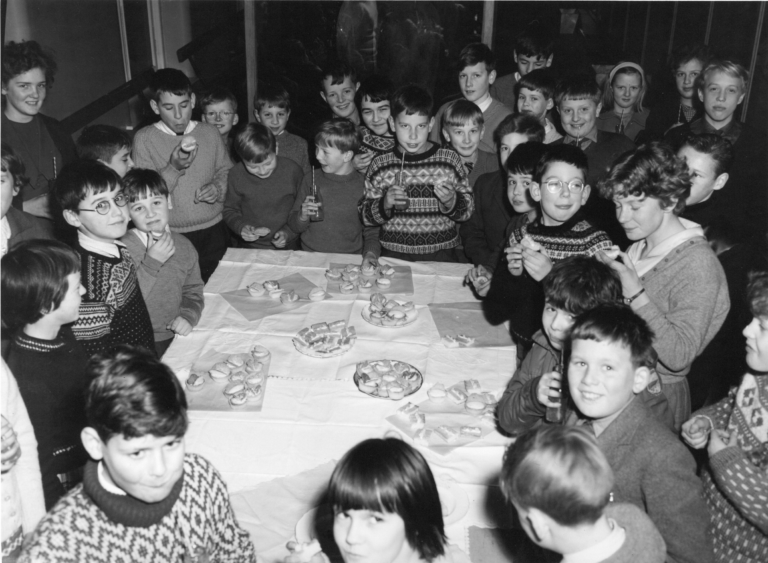
Lectures by Lantern Light
NHSN begins a series of Christmas lectures for young people.
Delivered by lantern light in the Hancock Museum, these early attempts to inspire young people lay the foundations for NHSN’s Lantern Fund which continues to provide opportunities for young people in the present day.
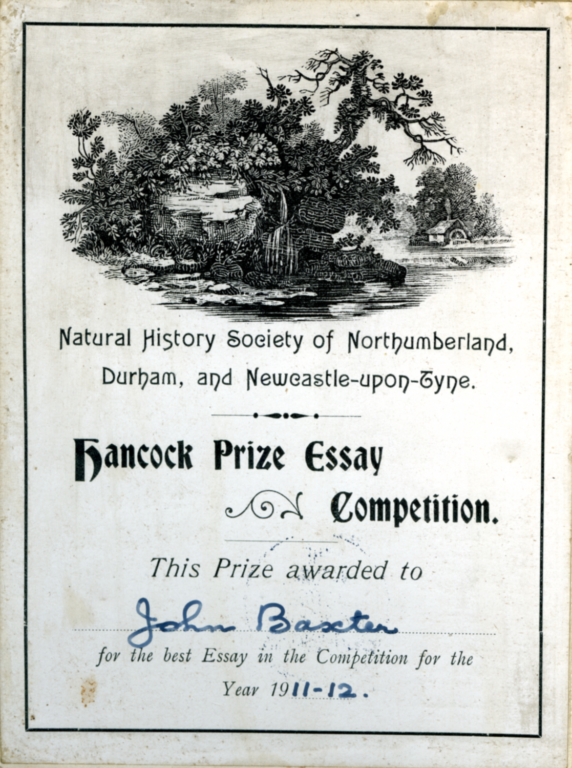
The Hancock Essay
The Hancock Essay competition is launched to celebrate the writing and research of naturalists across the North East.
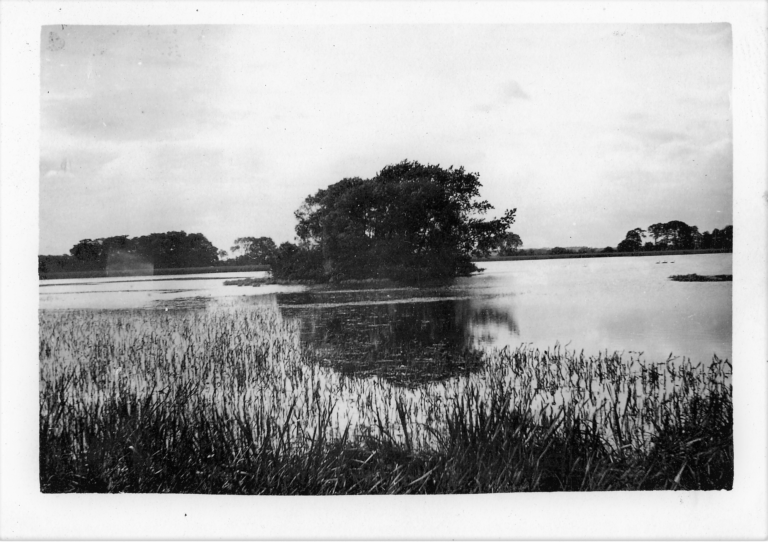
The origins of Gosforth Nature Reserve
In 1924, NHSN member, W E Beck, leased the shooting rights over Gosforth Park from the owners, the High Gosforth Park Company. This marks the beginning of the Gosforth Park bird sanctuary (now Gosforth Nature Reserve).
In 1929, the rights are taken over by NHSN and the reserve has been managed for wildlife ever since.
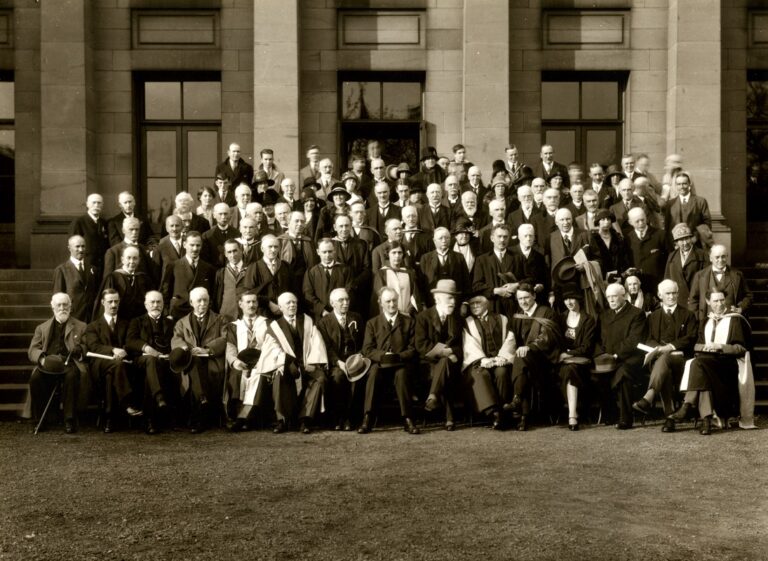
100th birthday celebrations
Members and naturalists from across the North East come together at the Hancock Museum to mark 100 years of NHSN.
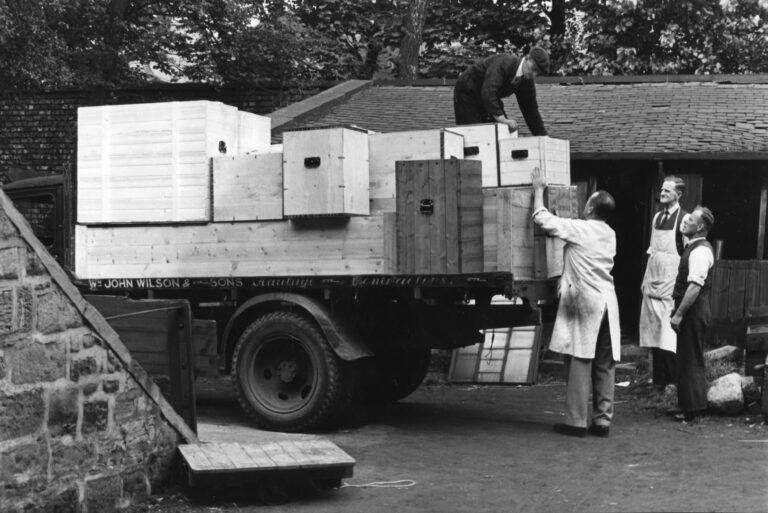
Second World War
Between 1939-1945, NHSN makes special arrangements to protect the museum and its collections from bombing raids.
Various items are removed from display and carefully placed in strong wooden packing cases to be stored in a variety of ‘safe’ locations across the North East, ensuring they were protected to be enjoyed by future generations.
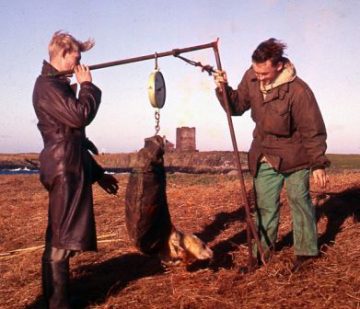
Bird monitoring on the Farne Islands
Following the development of British bird ringing in the first half of the 20th century, members of NHSN become involved in catching and ringing seabirds on the Farne Islands.
In 1949, NHSN becomes the official ringer for birds on the islands and this important research continues until the present day.
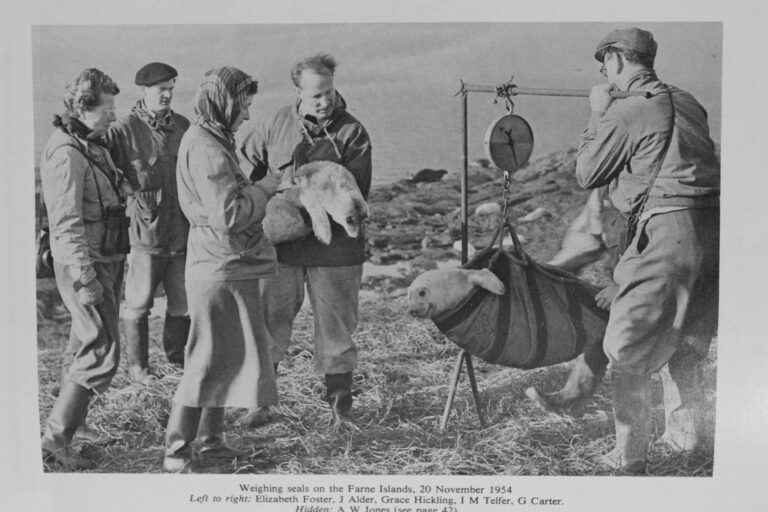
Seal Monitoring on the Farne Islands
NHSN members undertake a scheme to tag Grey Seals on the Farne Islands and monitor breeding success. This lays the foundations for the longest period of continuous research of a British grey seal colony.
NHSN still publishes an annual report for the Farne Islands in partnership with the National Trust.
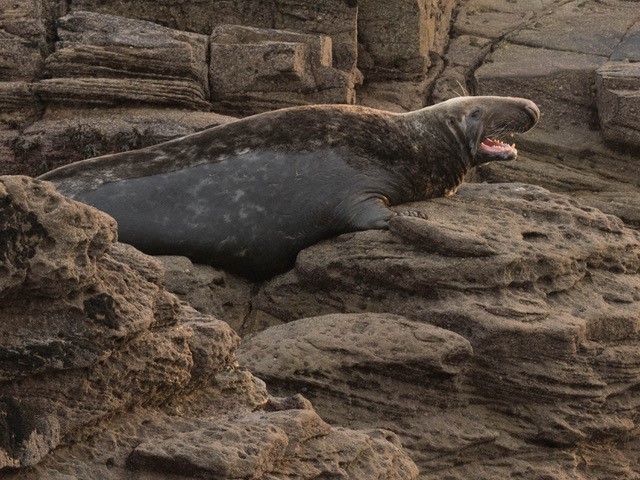
Taking a stand for seals
NHSN members protest at the killing of ten Grey Seals supervised by the government.
Grace Hickling publishes ‘The Grey Seals of the Farne Islands’ in the Transactions.
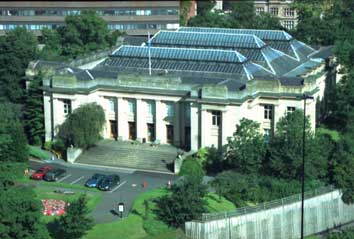
A partnership begins…
After the Second World War, NHSN finds it increasingly difficult to raise the funds to run and curate the Hancock Museum. Newcastle University comes to the rescue and in 1960, an agreement is reached for a 99-year lease of NHSN’s museum and collections.
Newcastle University continues to be responsible for the running of the museum and for the storage and preservation of NHSN’s collections in a partnership that has stood the test of time and continues to the present day.
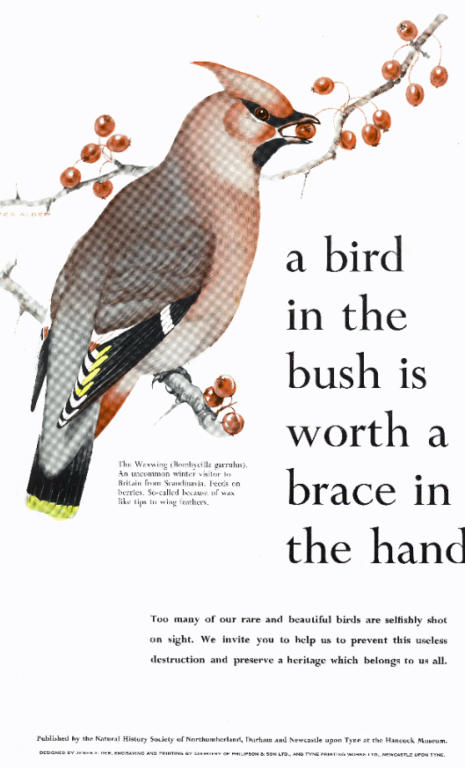
Campaign against the shooting of birds
NHSN members campaign to reduce the number of birds being shot across the North East. The ‘Bird in a Bush’ poster is produced and distributed to licensed houses across the region.
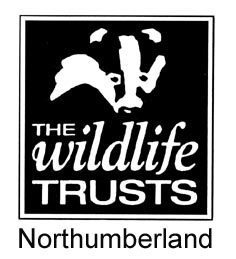
New organisations are born
In 1961-62, NHSN plays a key part in the birth of the Northumberland and Durham Naturalists’ Trust, which later went on to become the Northumberland Wildlife Trust and Durham Wildlife Trust.
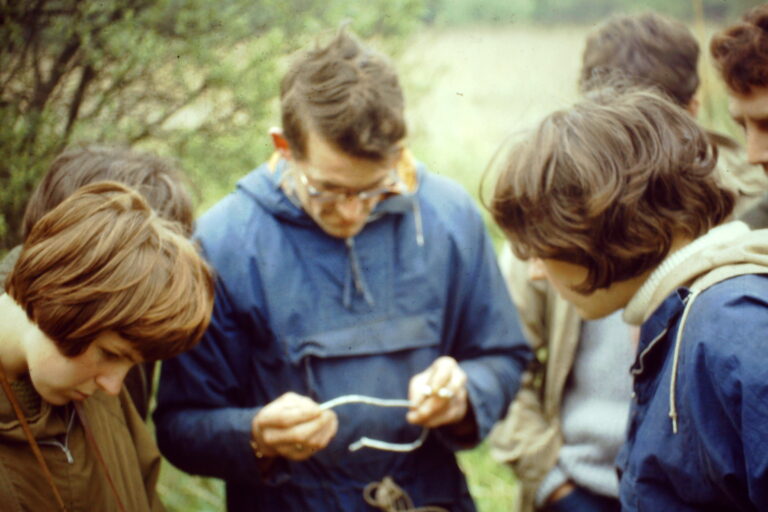
Work continues to inspire young people
A Junior Natural History film club is launched at the Hancock Museum and NHSN continues to develop Gosforth Nature Reserve from an ‘educational point of view’ to encourage more young people to appreciate and observe the natural world.
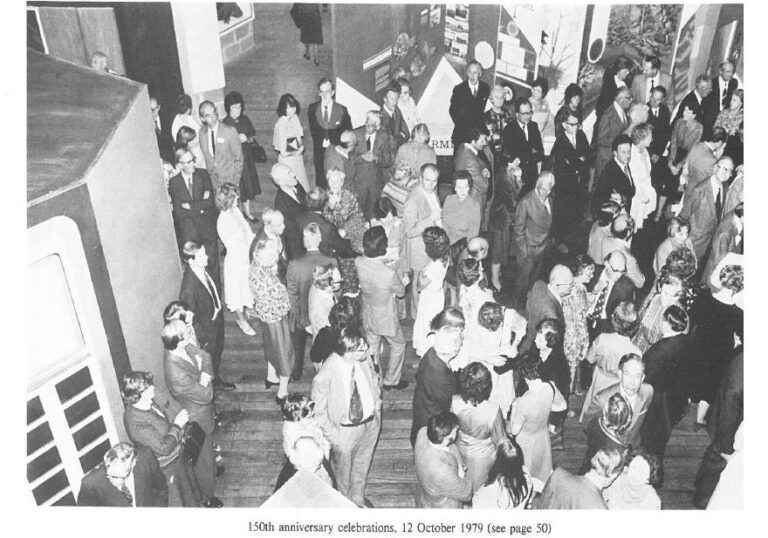
150th Birthday
Members and volunteers come together yet again to celebrate 150 years of NHSN as an organisation focused on protecting and studying North East nature.
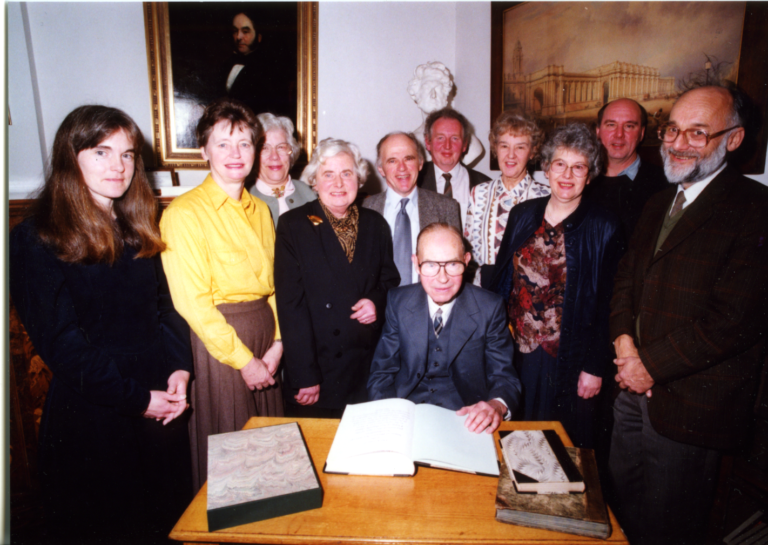
The Flora of Northumberland
NHSN member, George A. Swan, publishes The Flora of Northumberland, an extensive account of the counties plantlife.
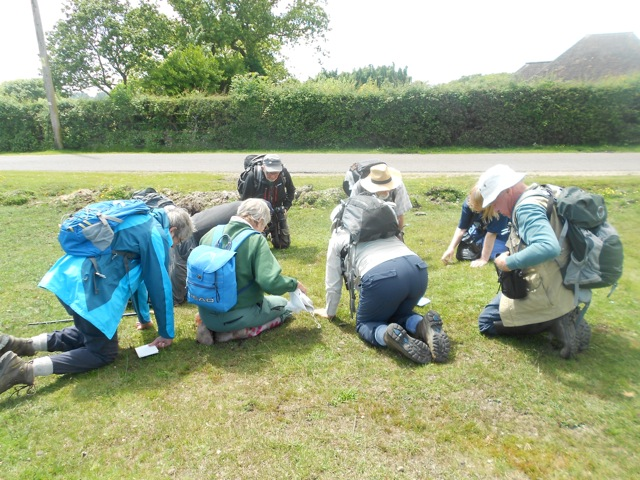
The Mid-week Botany Group is formed
North East botanists come together to form NHSN’s Mid-week Botany group.
A friendly group of members who go out regularly on Wednesdays to study and record plants, the group continue to monitor the flora of the North East to this very day.
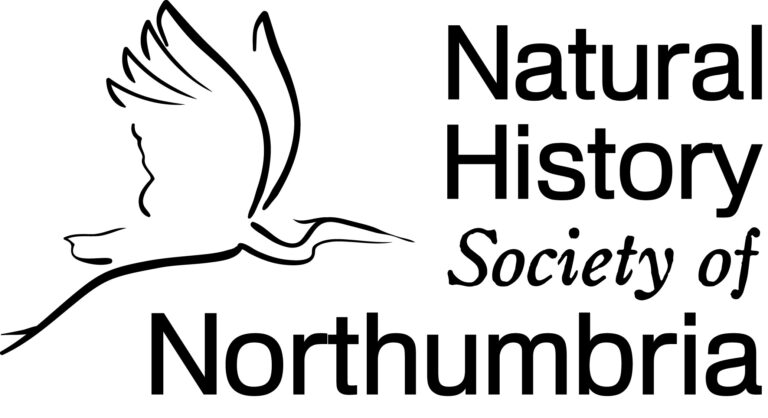
NHSN evolves
2009 sees the launch of NHSN’s popular adult education classes and a conference on North East naturalists, including William Turner and John Hancock.
The NHSN Archive and library collections gain new and improved facilities and today’s familiar NHSN logo makes its first appearance.

The Northumbrian Naturalist is born
Published since 1831, NHSN’s Transactions journal is renamed the Northumbrian Naturalist.
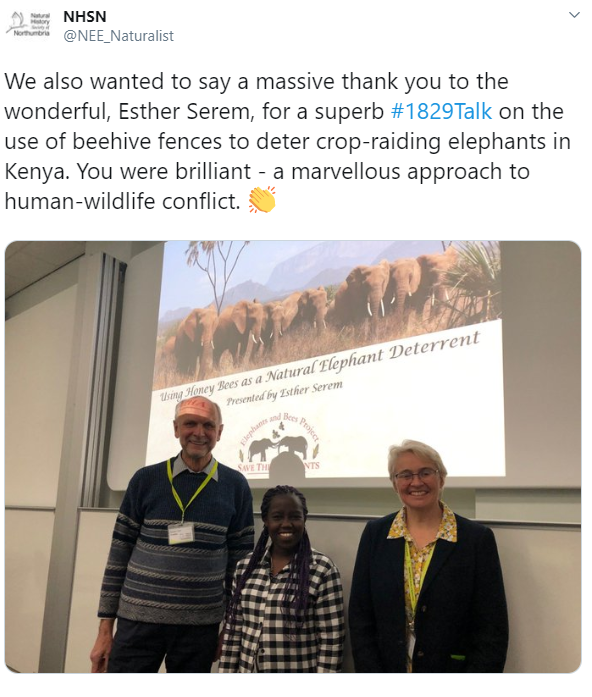
Launch of the 1829 Talks
To support early-career researchers and conservationists, NHSN launches a new series of short talks, providing opportunities for local students to share their work and observations with North East naturalists.
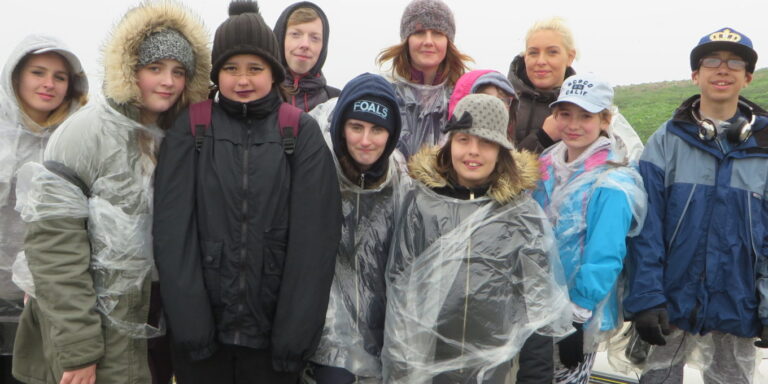
Opportunities through the Lantern Fund
Inspired by the lanternlight lectures of 1902, NHSN launches the Lantern Fund to provide opportunities for young people to connect with the natural world.
In 2018, work with Children North East allows youth groups to experience the Farne Islands for the first time.
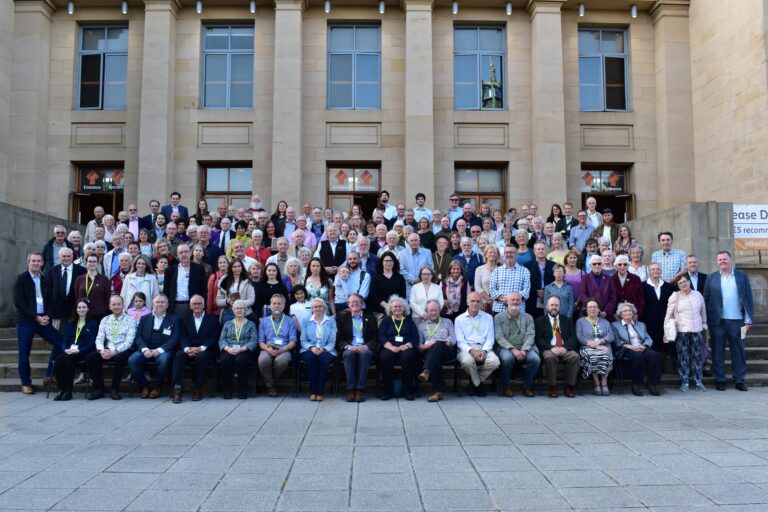
Record numbers
Record numbers of people learn about nature at Gosforth Nature Reserve as part of two public open days and a Bioblitz as part of the City Nature Challenge.
Members, volunteers and partners come together to celebrate 190 years of NHSN, recreating the group photograph from 1929.
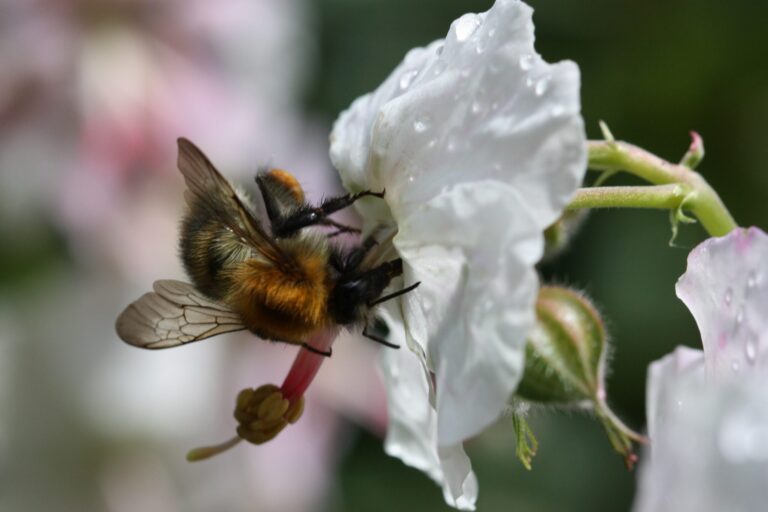
The North East Bee Hunt
Supported by local bee experts, NHSN launches the North East Bee Hunt, its first region-wide citizen science project.
Together, enthusiasts from across the North East contribute over 2000 records of 41 bee species, improving our knowledge and revealing new information about bees in the North East.
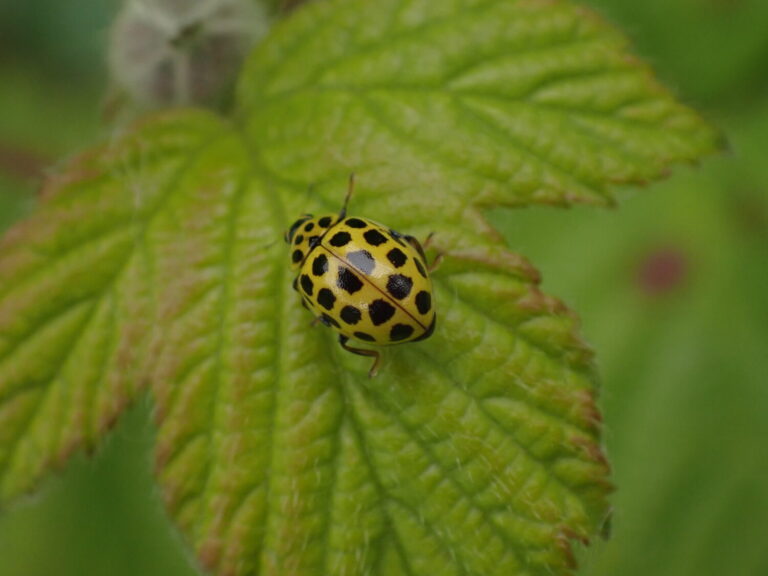
North East Ladybird Spot
To monitor and protect the region’s ladybirds, NHSN launches its second citizen science project: The North East Ladybird Spot
Together, enthusiasts from across the North East come together to observe and record these colourful insects.
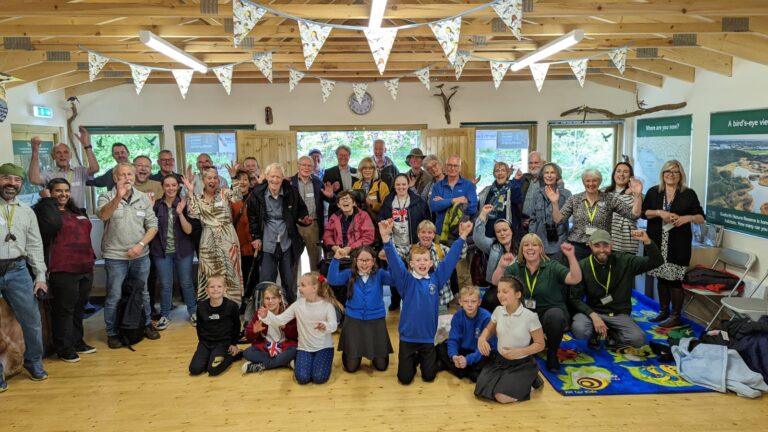
Opening of the Field Studies Room
Thanks to the support of NHSN members, a new Field Studies Room opens at Gosforth Nature Reserve, realising NHSN’s dream of creating a purpose-built space for outdoor education.
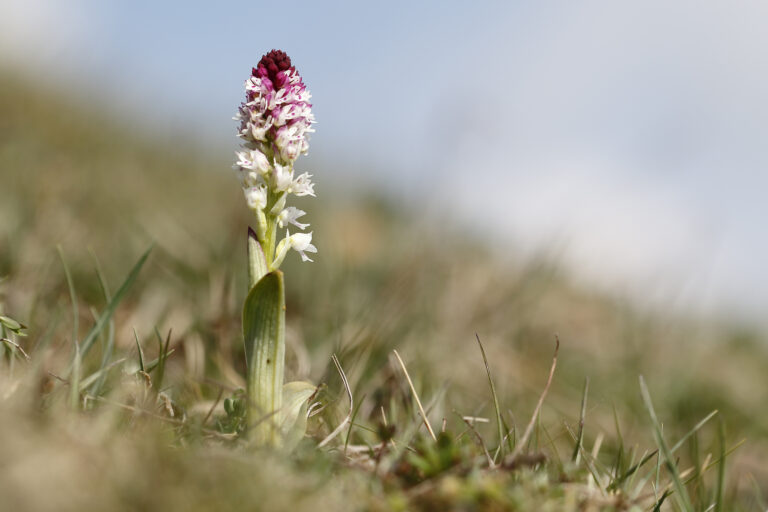
Discovering Orchids
To monitor and understand the region’s orchid, NHSN launches its third citizen science project: Discovering Orchids. A special edition of NHSN’s journal is published shortly after.
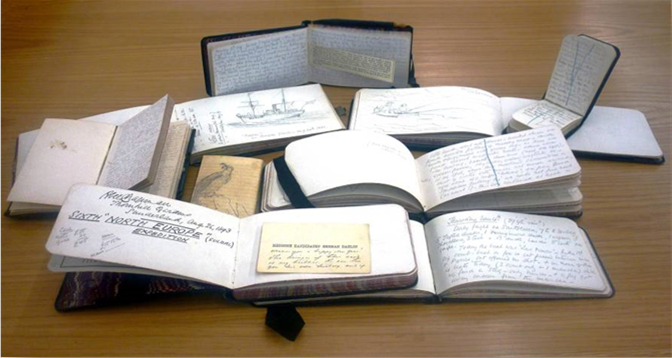
Nature's Cure in Times of Need
Thanks to the generous support of the National Lottery Heritage Fund, NHSN launches Nature’s Cure – a project collecting and sharing stories from new voices about how their time spent in nature helped them in times of need.
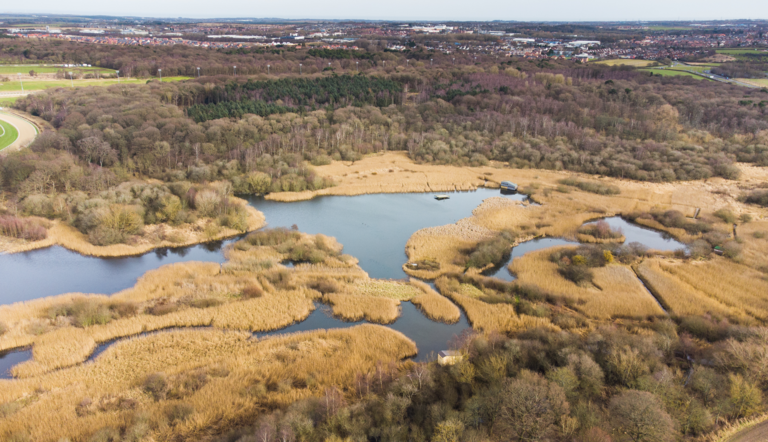
Gosforth Nature Reserve Celebrates its Centenary
The North East’s oldest nature reserve marks its 100th birthday and celebrates the legacy of W.E. Beck who created the Gosforth Bird Sanctuary by purchasing the shooting rights from the High Gosforth Park Company.
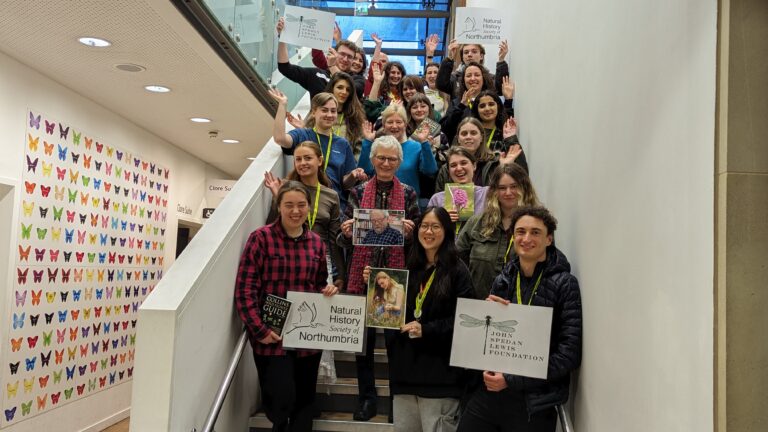
NHSN's first Field Skills Programme
Supported by the John Spedan Lewis Foundation, NHSN launches its first Field Skills Programme to help early-career naturalists gain valuable skills in natural history.
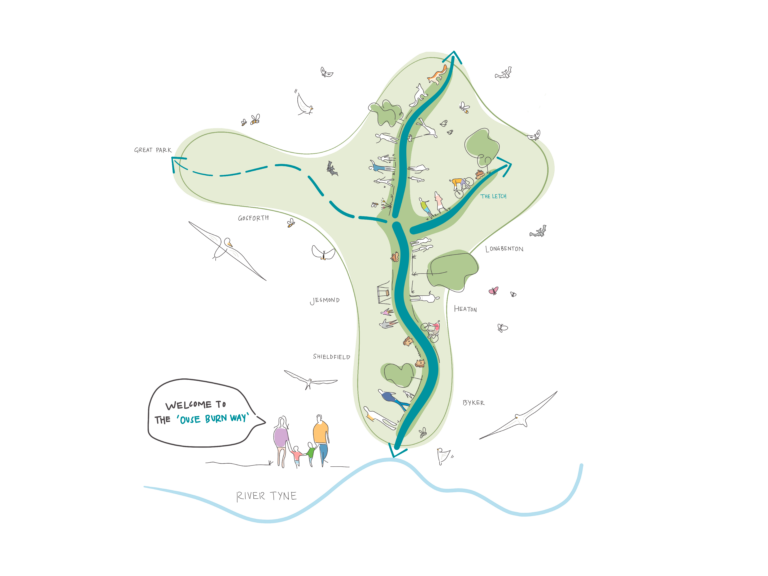
Ouse Burn Way
With the support of the Reece Foundation, NHSN welcomes a new Urban Naturalist to inspire local people as part of the Ouse Burn Way and help promote and protect Newcastle’s wildlife corridors.